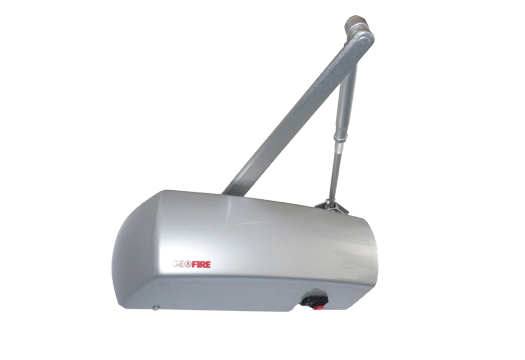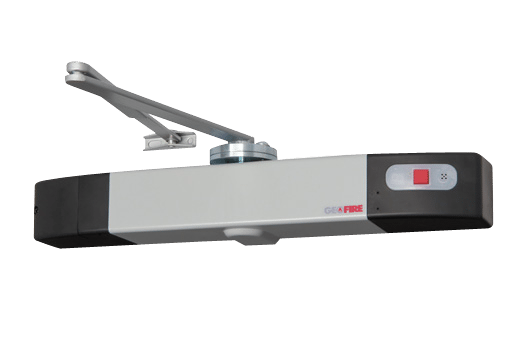Radio vs Acoustic Control whitepaper download
Posted on October 7, 2015
As time goes on, more and more products are appearing across many consumer markets utilising wireless control. The fact there is a choice of wireless control technologies available may not be apparent, plus choosing the technology appropriate for a given application may involve various considerations that might point in a specific direction.
Two of the prominent options in the fire industry for wireless control of fire door holder/closer devices are radio and acoustic systems, but which will be best for your particular requirements?
The technologies

Radio
Radio control is a long-standing technology which has an inherent reliability created by the regulations surrounding correct use of the radio spectrum. Radio systems can be programmed to react to specific triggers that would detect any adverse effects that may occur in the environment, making them intelligent and robust systems.
Devices that employ radio control are able to communicate with each other enabling quick, centralised configuration, remote fault and status monitoring, and actuation units can work across a wide, possibly inaccessible area. The regular and predictable operation of a radio system allows it to be adaptable to changes in the environment allowing either uninterrupted operation when possible, or obvious fail-safe behaviour of affected units. Coverage of a single radio device is large, typically 50m indoors, and may easily be extended by deploying signal repeaters to cover an entire building.
A radio system requires an initial radio environment survey to guarantee system coverage at all unit locations, further improving its reliability.

Acoustic
Devices which actively use sound for decision-based actuation are relative newcomers to the industry. In the UK there is guidance surrounding sound levels and sounder profiles in the design of fire alarm systems that make reliable sound response achievable while minimising false actuations. Since a unit is controlled by a local sounder, acoustic units are standalone and may simply be installed when and where required.
Advanced digital filtering implemented in some acoustic units means that the specific frequency range and sound pressure level that the local sounder produces may be used to identify a fire alarm state. This minimises false actuations as the effects of spurious noises are much reduced or ignored entirely during the acoustic environment analysis. Configuration only requires the brief sounding of the fire alarm system to allow the unit to record and process the sound profile.
Applications
It may already have become apparent that the two technologies lend themselves to being installed in different situations. The discussion below outlines further the strengths of each in specific applications.
Installation size, fitting and control
The physical size of an installation, as well as the number of units required within it, are both important in determining the amount of work required during fitting and configuration. They will also indicate how much installation effort and management time will be necessary in administering the system.
The full whitepaper is available for download below.
< Back to Articles

